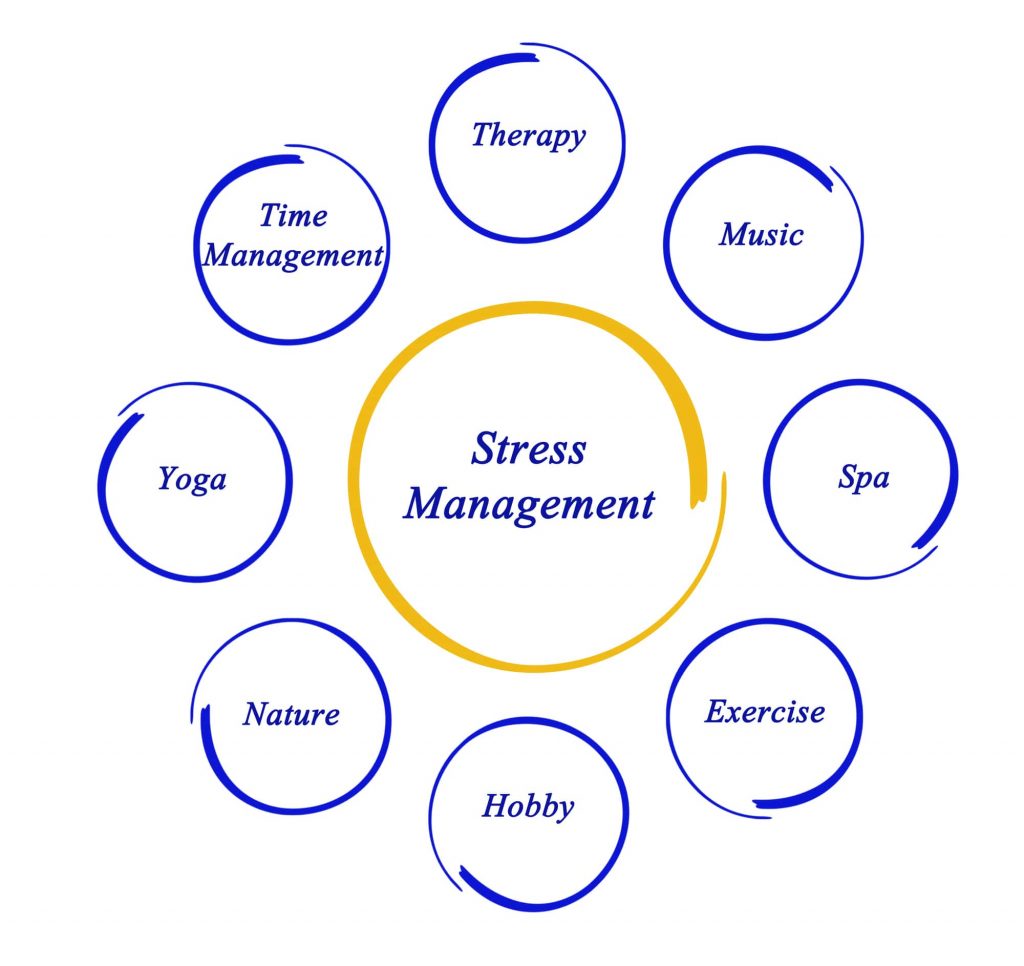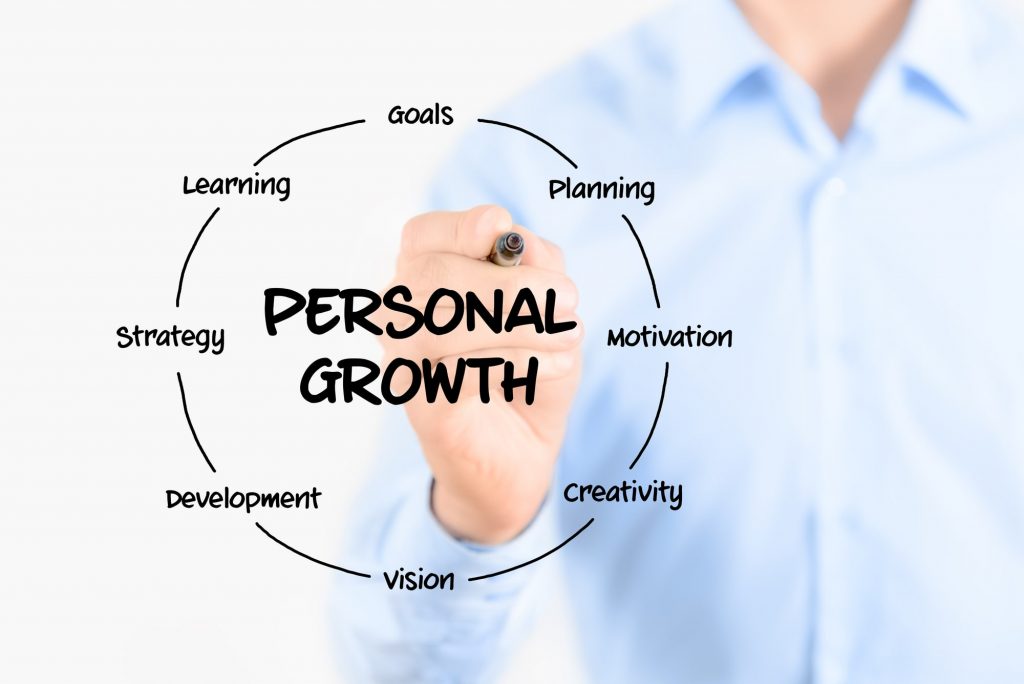How many times have you heard, “You should exercise! It helps you lose weight!”? There’s no doubt that physical activity is great for your health and well-being. It strengthens your coordination. It helps you to accomplish daily tasks and helps you have a better posture. There are obvious physical benefits from playing and participating in sports. However, there’s more good news; playing sports can positively affect your mental health too.
Feeling Stressed?
When we are stressed or we have negative feelings, physical activity is recommended as a good antidote. A kind of natural antidepressant. Indeed, it would evacuate our black ideas as if by magic! There’s a reason why we say “Go get some fresh air. It will calm you down”. So, let’s find out why exactly this is.
Some researches show that a brisk walk helps to increase our positive emotions which in turn decrease our negative emotions. Ten minutes of brisk walking would be the equivalent to ninety minutes of well-being. So, finding an activity to practice each day (or at least four times a week) will make you feel better both physically and mentally.
How To Naturally Overcome Depression & Anxiety?
When it comes to depression or strong anxiety, physical activity improves intellectual capacity and mood! Thus, in certain states of chronic fatigue, we wouldn’t prescribe rest but rather physical exercise. This would create a flow of energy and optimism! Exercise can also serve as a distraction. Allowing you to find some quiet time to break out of the cycle of negative thoughts that feed depression. Click here to read, “5 Natural Solutions For Coping With Stress!”
Moreover, it promotes several changes in the brain including neural growth, less inflammation and releases endorphins . These are chemicals in your brain that cope with pain or stress. In addition to all of that, there are other amazing benefits.
Physical activity contributes to:
- Increased longevity
- Strengthened immune system
- Reduced risk of cancer
- Decreased risk of diabetes and increased insulin sensitivity
- Sexual wellness
- Improved sleep quality
Click here to read, “5 Ways To Heal The Mind & Body By Using This One Oil!”
Exercise – A Natural Booster For Self-Esteem!
Yes, exercising helps you fall asleep faster and get into a deep sleep. And we all know that a good night of sleep helps us with our performance at work but also improves our mood. You know what one of my favorite benefits of working out is? Self-esteem! Exercising regularly can boost your confidence and improve your self-esteem.
As your strength, skills, and stamina increase through playing sports/exercising, your self-image will improve as well. However, even if exercising is good, doing it voluntarily while savoring these moments is better!
Do not impose something on yourself. Studies have shown that mental presence in exercise affects our psychological state. Being aware of the ‘goods’ exercise provides when you perform it will be much more profitable.
Do Not Force It!
Regularity is more important than the intensity of the effort. If all goes well, you will see changes in both your physical and mental health after eight weeks. Patience is the key word! Don’t forget, whatever you decide to do, do it with a smile!
For more information on how to improve your life and well-being, click here to read, “Wellness – 6 Essentials for a Vibrant Life”.
Claudia Candeias is a certified Holistic Health Coach working with individuals online and in person as well. She practices a holistic approach to health and wellness, which means that she looks at how all areas of your life are connected; from nutrition to physical activity, sleep, stress, and more. She supports and helps people reaching their goals to find Health, Happiness and Harmony in their life.




















